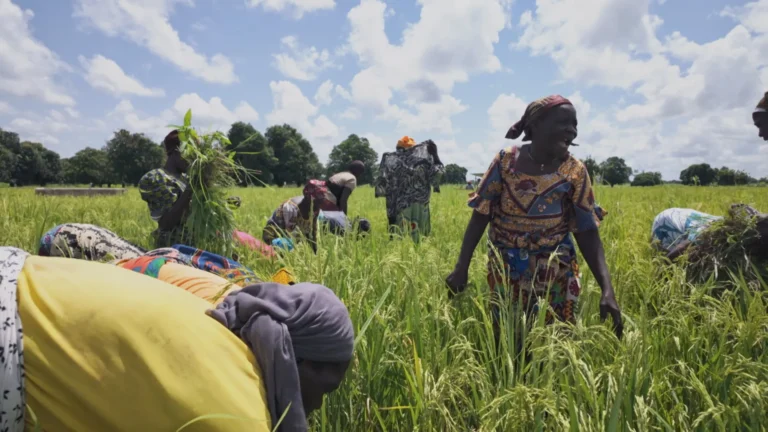
A new documentary, Muqaddams, produced by the Zawiya Tijaniyya Cell (Cezat), is set to premiere on 3 September in Tivaouane, highlighting the spiritual and intellectual journeys of three prominent figures in Senegal’s Tijaniyya Sufi order.
The film traces the legacies of El Hadji Seydou Nourou Tall, Serigne Birahim Diop, and El Hadji Malick Sarr, disciples and companions of the revered Seydi Hadji Malick Sy.
Through archival material, expert testimony, and accounts from descendants, Muqaddams reinterprets their pivotal roles in spreading Islam and shaping the Tijaniyya tradition across Senegal.
The screening will take place at the Khalifa Ababacar Sy auditorium and is designed as an educational resource for younger audiences.
By combining historical documentation with accessible audiovisual storytelling, the film seeks to engage a new generation with the spiritual heritage of the muqaddams.
“The documentary offers a historical and spiritual reinterpretation of their role,” Le Soleil reports, noting that the project draws on unpublished sources and family testimonies to reconstruct the muqaddams’ impact.
Muqaddams is the first such audiovisual presentation to be integrated into the Tivaouane Gamou, Senegal’s major religious festival commemorating the birth of the Prophet Muhammad (PBUH).
The Gamou, like the Magal of Touba—which has been designated as part of Senegal’s national heritage—transcends religious observance, serving as a key moment of cultural identity, memory, and intergenerational knowledge transmission.
The Zawiya Tijaniyya Cell also plans to extend this initiative through additional documentaries, aiming to preserve these spiritual journeys and make them accessible on digital platforms.
This approach underscores a broader effort to document, educate, and celebrate Senegal’s Sufi traditions through modern media, while reinforcing the country’s rich spiritual and cultural heritage.
By merging faith, history, and media, Muqaddams highlights the continuing significance of religious leadership in Senegal and provides a contemporary lens through which the public can engage with centuries-old spiritual traditions.



